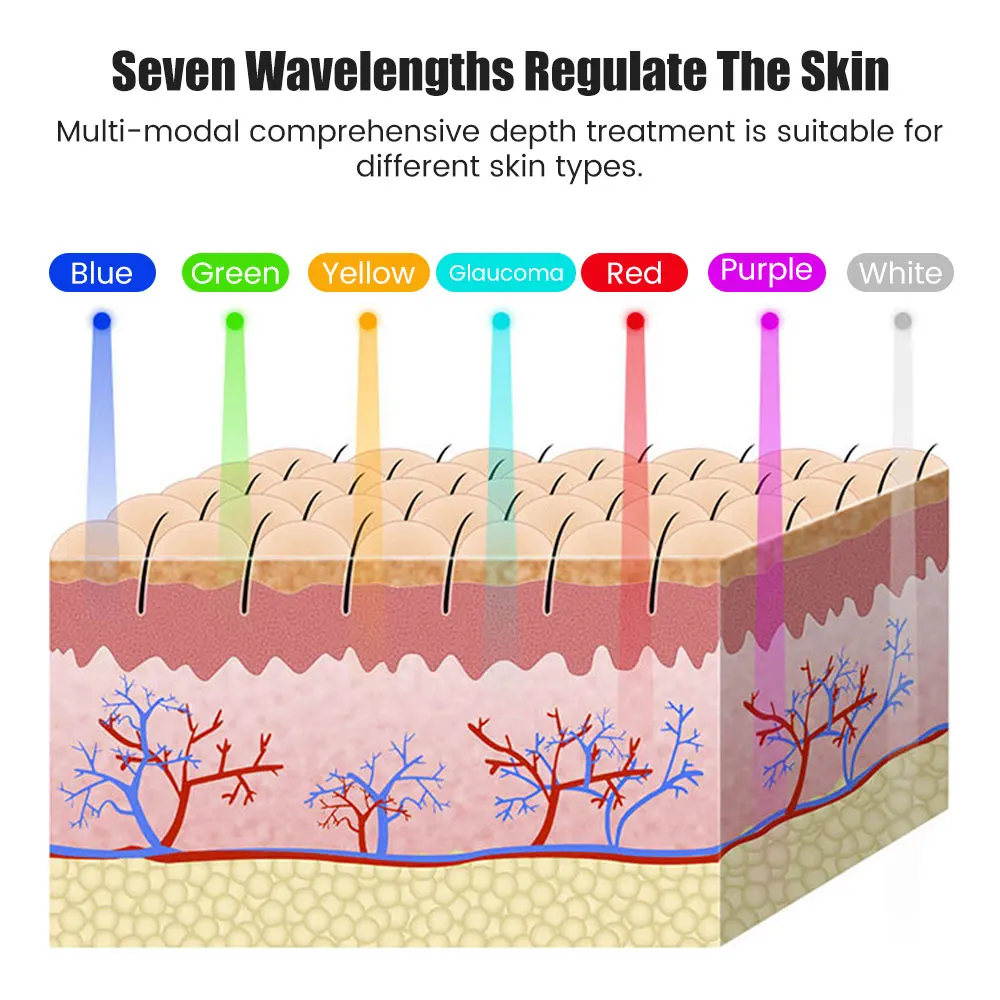
Low-Level Light Therapy (LLLT), also known as photobiomodulation, has been gaining significant attention in recent years for its potential benefits in various fields, including skincare. This therapeutic technique involves the application of low-energy light to stimulate cellular processes and promote healing. Let’s delve into the history, mechanisms, and proven effectiveness of LLLT as applied to facial skin.
A Brief History of LLLT
The use of light for therapeutic purposes dates back centuries. Ancient civilizations employed sunlight and fire to treat wounds and ailments. However, it wasn’t until the 20th century that scientists began to explore the specific wavelengths of light and their effects on biological tissues.
In the 1960s, NASA researchers conducted experiments on astronauts to study the effects of low-energy laser light on tissue healing. These studies laid the groundwork for the development of LLLT as a therapeutic modality.
How Does LLLT Work?
LLLT involves the use of specific wavelengths of light, typically in the red and near-infrared spectrum. When these wavelengths interact with cells, they trigger a cascade of biochemical reactions. This process can lead to:
- Increased cellular energy: LLLT can stimulate the mitochondria, the powerhouses of cells, to produce more ATP, the cell’s primary energy currency.
- Improved circulation: LLLT can enhance blood flow to the treated area, delivering essential nutrients and oxygen while removing waste products.
- Reduced inflammation: LLLT can help modulate the inflammatory response, reducing swelling and pain.
- Stimulation of collagen and elastin production: These proteins are essential for maintaining skin elasticity and reducing the appearance of wrinkles.
Proven Effectiveness of LLLT for Facial Skin
Numerous studies have demonstrated the effectiveness of LLLT in improving various aspects of facial skin health. Some of the benefits include:
- Reduction of wrinkles and fine lines: LLLT can help stimulate collagen production, leading to firmer, more youthful-looking skin.
- Improvement in skin texture: LLLT can help reduce the appearance of pores and improve skin tone.
- Treatment of acne: LLLT can help reduce inflammation and bacterial growth, which can contribute to acne.
- Promotion of wound healing: LLLT can accelerate the healing of cuts, scrapes, and other skin injuries.
LED Facial Masks: A Convenient Way to Experience LLLT
LED facial masks are a popular and convenient way to incorporate LLLT into your skincare routine. These devices emit specific wavelengths of light that can penetrate the skin and deliver therapeutic benefits.
When choosing an LED facial mask, it’s essential to consider the following factors:
- Wavelengths: Ensure the mask emits red and near-infrared light, which have been shown to be effective for skin rejuvenation.
- Intensity: The intensity of the light should be sufficient to penetrate the skin but not so high as to cause damage.
- Treatment time: Follow the manufacturer’s recommendations for treatment duration and frequency.
